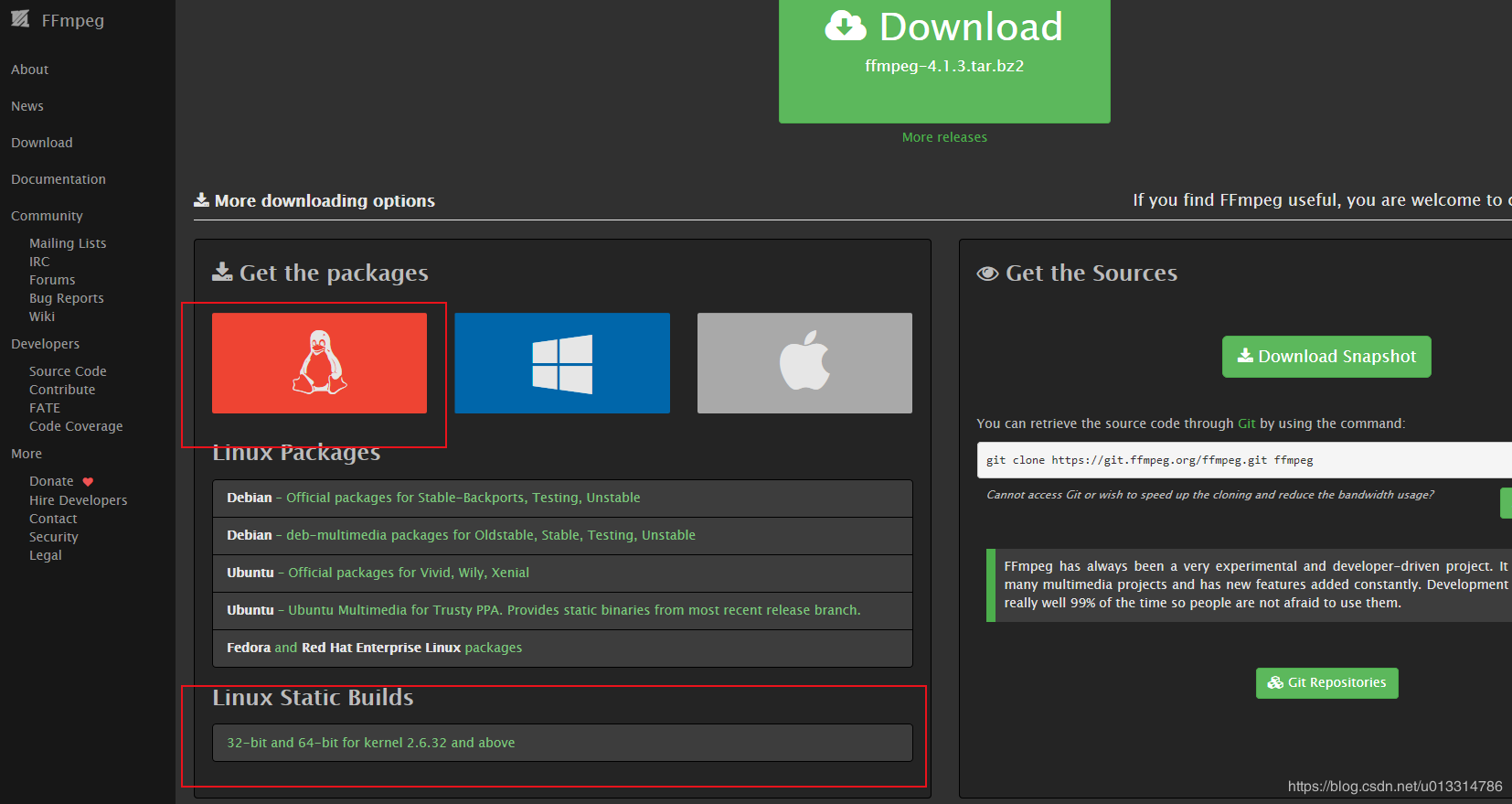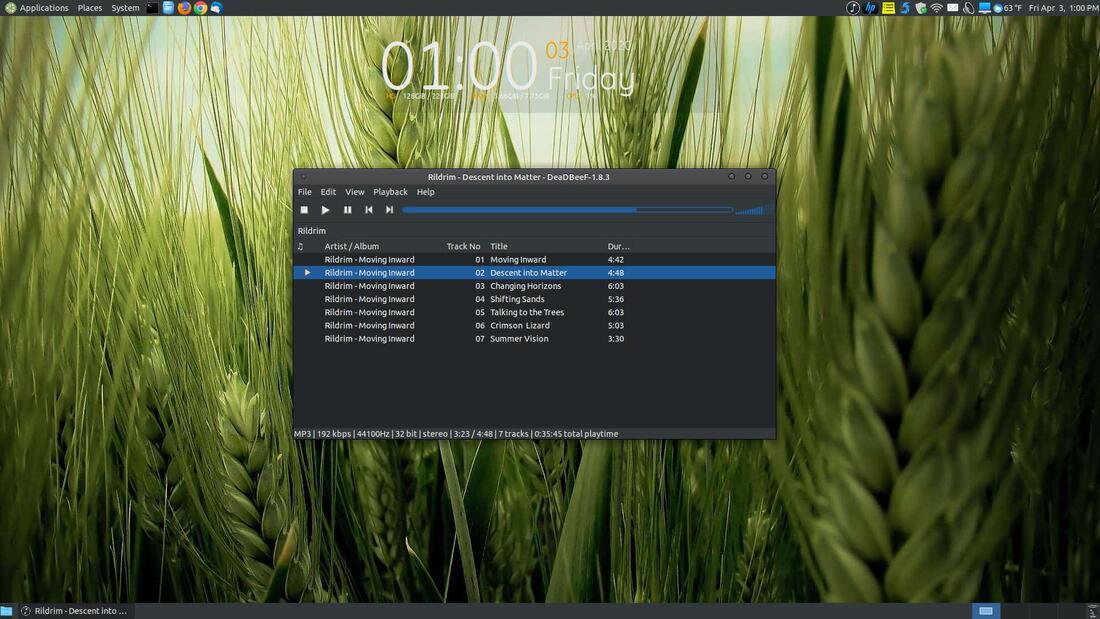


Or just a little part of them if they contain useless pieces. At the same time we might have the necessity to store some of them in our local stores. Internet gives us daily many contents, with an increasing amount of video sources: podcasts, video-sharing websites, lectures and so on.

FFmpeg and the command-line can cut and join the video in four steps copying the same video and audio codec even on an MP4 video encoded in h.264 and AAC. How many times do we have to fix a video removing the parts that we don’t need? There are a lot of video editing programs that solve this elementary issue, including great open source ones, but generally, they require processing the video and audio streams and so a lot of resources.


 0 kommentar(er)
0 kommentar(er)
